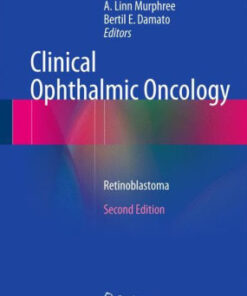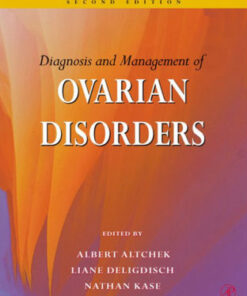(PDF) Oncologic Imaging – Soft Tissue Tumors by Heung Sik Kang
$18.00
Download instantly Oncologic Imaging – Soft Tissue Tumors by Heung Sik Kang, Sung Hwan Hong, Ja-Young Choi, Hye Jin Yoo. It is ebook in PDF format.
ISBN-10: 9812877177 ISBN-13: 9789812877178
Preview
This is the PDF eBook version for Oncologic Imaging – Soft Tissue Tumors by Heung Sik Kang, Sung Hwan Hong, Ja-Young Choi, Hye Jin Yoo
Table of Contents
Part 1. General considerations for diagnosis of soft tissue tumors.- 1. Epidemiology.- 1) Most common benign and malignant lesions by prevalence.- 2) Most common lesions by age.- 3) Most common lesions by location.- 2. Radiologic considerations.- 1) Imaging modalities.- 2) Benign vs. malignant.- 3) Compartment anatomy.- 4) Imaging-guided percutaneous biopsy.- 3. Histopathologic Evaluation.- 1) Common laboratory stains.- 2) Immunohistochemical marker.- 4. Grading and staging of sarcomas.- Part 2. WHO classification of soft tissue tumor and radiologic illustrations.- 1. Adipocytic tumors.- 2. Fibroblastic/myofibroblastic tumors.- 3. So-called fibrohistiocytic tumors.- 4. Smooth-muscle tumors.- 5. Pericytic (perivascular) tumors.- 6. Skeletal-muscle tumors.- 7. Vascular tumors.- 8. Chondro-osseous tumors.- 9. Nerve sheath tumors.- 10. Tumors of uncertain differentiation.- 11. Undifferentiated/unclassified sarcomas.- 12. Addendum: tumor-like lesions.- Part 3. Practical pearls in diagnosis of soft tissue tumors.- 1. Sonographic findings.- 2. MRI characteristics.- 1) T2 bright signal.- 2) T2 dark signal.- 3) T1 high signal.- 4) Contrast enhancement pattern.- 3. Ancillary imaging findings.- 1) Signal voids.- 2) Edema.- 3) Fat.- 4) Nerve.- 5) Periosteal reaction.- 6) Tumoral mineralization.- 4. Diagnostic signs.- 1) Checker-board pattern in proliferative myositis.- 2) Three stripe sign in sarcoidosis.- 3) Triple signal pattern in synovial sarcoma.- 4) Target sign in neurogenic tumor.- 5) Cable-like appearance in lipomatosis of nerve.- 5. “Leave me alone” lesions.- 6. Syndrome-related or hereditary soft tissue tumors.- Part 4. Drill and practice: image interpretation session.




